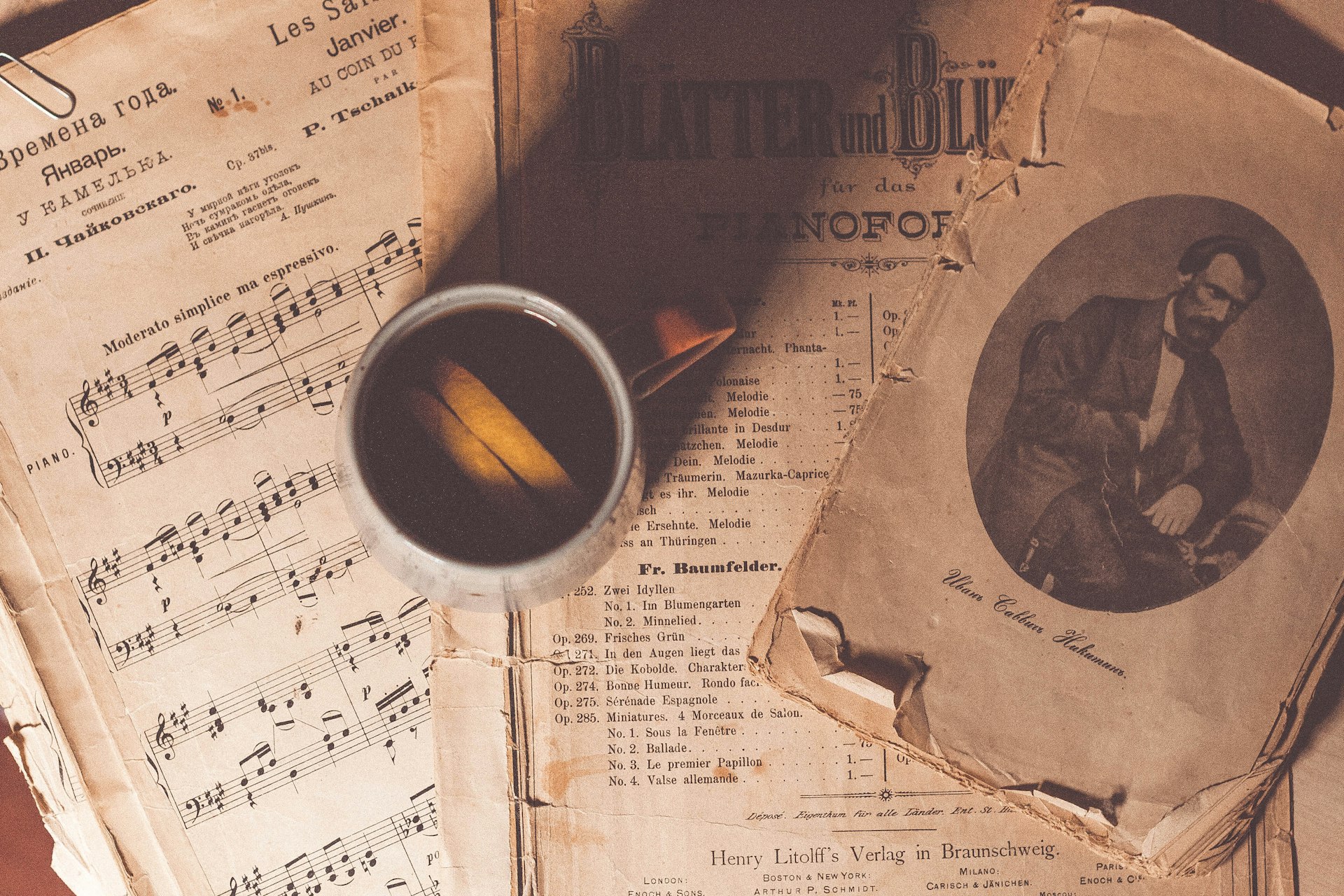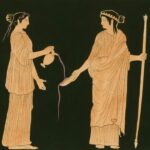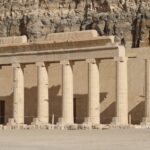The Evolution of World History Through the Lens of Music


Photo by Anna Zakharova on Unsplash
Introduction: How Music Mirrors World History
Music is a universal language that has evolved alongside human civilization, reflecting the cultural, social, and technological changes of each era. By tracing music’s development, we gain insights into the forces shaping history, from ancient rituals to global digital streaming. This article provides a detailed guide to understanding these connections, with practical strategies for exploring music’s historical impact and accessing resources for deeper engagement.
Music in Ancient Civilizations: Foundations of Sound
The earliest evidence of music dates back over 40,000 years, with archeologists uncovering primitive flutes made from bone and ivory [3] . Ancient Egypt (circa 3000 BCE) integrated music into religious ceremonies and daily life, with musicians playing flutes, harps, and drums at royal courts and temples. In Ancient Greece (circa 1000 BCE), music was central to social life, public festivals, and religious events. The Greeks developed foundational musical theories and invented instruments like the kithara and lyre, influencing Western traditions and advancing notation and scales [3] .
Practical Application: To explore ancient music, consider visiting museum collections featuring historical instruments or searching for academic research on “Ancient Egyptian music” and “Greek music theory.” Online platforms such as the Metropolitan Museum of Art or British Museum provide digital access to musical artifacts and expert commentary.
Medieval Era (500-1400): The Sacred and the Secular
During the Middle Ages, music was predominantly religious, with Gregorian chant forming the backbone of Catholic liturgical services [1] . These single-line melodies were sung in unison and set the foundation for Western harmony. Secular medieval music also flourished, with minstrels and troubadours performing songs of courtly love and historical events. Early notations began to formalize musical structure and transmission [2] .
Implementation Guidance: If you wish to experience medieval music, search for “Gregorian chant recordings” or “troubadour music” on reputable streaming services. University libraries and online archives such as the International Music Score Library Project (IMSLP) offer access to medieval scores for study.
Renaissance Era (1400-1600): Harmony and Humanism
The Renaissance marked a rebirth of arts and intellectualism, bringing polyphonic music-multiple independent melodies played together-to the forefront [1] . The invention of the printing press revolutionized music publishing, enabling composers to reach wider audiences. Instrumental ensembles, called consorts, became popular among wealthy patrons, and new woodwind and brass instruments laid the groundwork for modern orchestras [2] .

Photo by The New York Public Library on Unsplash
How to Engage: You can explore Renaissance music by searching for “a cappella Renaissance vocal ensembles” or “consort ensemble performances” on video platforms, or by attending live performances when available. Libraries and music schools often host public lectures on the history of harmony and polyphony.
Baroque to Classical (1600-1820): Complexity and Clarity
The Baroque era (1600-1750) introduced ornate melodies, complex harmonies, and elaborate instrumentation, exemplified by composers like Bach and Handel [2] . The subsequent Galant and Classical styles moved toward simplicity, elegant structure, and expressive melody, with figures like Mozart and Haydn shaping the symphonic and chamber music traditions [1] .
Practical Steps: To learn more, search for “Baroque music concerts” or “Classical symphony performances” in your area. Many orchestras provide educational programs and public workshops on the era’s music. For self-study, use terms like “Baroque ornamentation” or “Classical music theory” in academic databases.
Romantic and Modern Eras (1820-Present): Emotion, Innovation, and Globalization
The Romantic era (1820-1900) expanded musical expression, emphasizing emotion and storytelling through larger orchestras and dramatic compositions. The Modern era (1900-present) saw the rise of new genres like jazz, blues, and popular music, fueled by technological advances in recording and broadcasting. Ragtime and jazz originated in African-American communities and transformed global musical landscapes [3] , [4] . The digital revolution further democratized music creation and distribution, connecting listeners worldwide [5] .
Actionable Guidance: You can experience modern music history by attending jazz festivals, exploring local blues clubs, or participating in online communities dedicated to music appreciation. To find verified resources, search for “jazz history documentaries” or “popular music archives” on platforms like PBS or Smithsonian. Leverage digital music libraries and streaming services to access curated playlists spanning historical genres.
Music as a Reflection of Societal Change
Throughout history, music has both shaped and responded to major societal transformations. From the role of music in religious ceremonies and royal courts to its power in social movements and cultural revolutions, each era’s soundscape offers a window into collective experiences. For example, jazz and blues gave a voice to marginalized communities, while classical symphonies reflected political upheaval and national pride.
Implementation Strategies: To explore these intersections, consider attending museum exhibits on music and society or enrolling in online courses on “music and cultural history.” Many universities offer free access to lectures and resources on the topic. To connect with communities, join local music history groups or participate in public discussion forums.
Challenges and Solutions: Navigating Music History Resources
Accessing reliable information about music evolution can be challenging due to the vast diversity of sources and formats. Some eras are better documented than others, and the global scope of music history requires cross-cultural exploration. To overcome these obstacles:
- Utilize academic databases and museum portals for verified information.
- Attend public lectures and educational events hosted by music institutions.
- Search for official agencies such as the Library of Congress or Smithsonian for archival materials.
- Connect with local music educators and historians for expert insights.
Whenever you encounter paywalls or limited access, use qualifying language in your searches, such as “free music history resources” or “public domain music archives.” Many organizations offer open-access materials for educational purposes.
Alternative Pathways: Self-Directed and Community Learning
Beyond formal institutions, there are many ways to deepen your understanding of music’s role in world history:
- Online forums like Reddit’s r/MusicHistory provide crowdsourced discussions and recommendations.
- Local libraries often host music appreciation events and maintain collections of historical recordings.
- Community ensembles and choirs allow for hands-on exploration of different musical styles.
- Documentary viewing on platforms such as PBS gives context to music’s evolution in social change.
To maximize your learning, combine multiple approaches and engage with diverse perspectives from global traditions.
Key Takeaways
Music’s journey from ancient ritual to modern streaming is inseparable from world history, offering a rich narrative of innovation, adaptation, and cultural exchange. By understanding the evolution of music, we not only appreciate artistic achievements but also gain tools to interpret historical shifts and societal values.
References
- [1] Study.com (2023). History of Western Music Overview & Timeline.
- [2] La Maison School of Music (2023). Music History Timeline: Evolution of Music Overview.
- [3] Guitar Get Lessons (2024). Music History Timeline.
- [4] Preceden (2024). History Of Music (1900-1950) Timeline.
- [5] Wikipedia (2025). Timeline of musical events.






